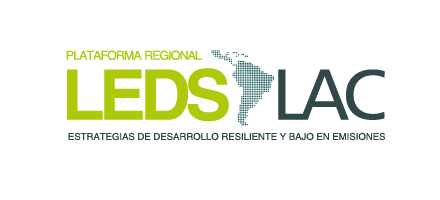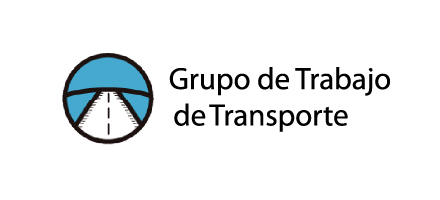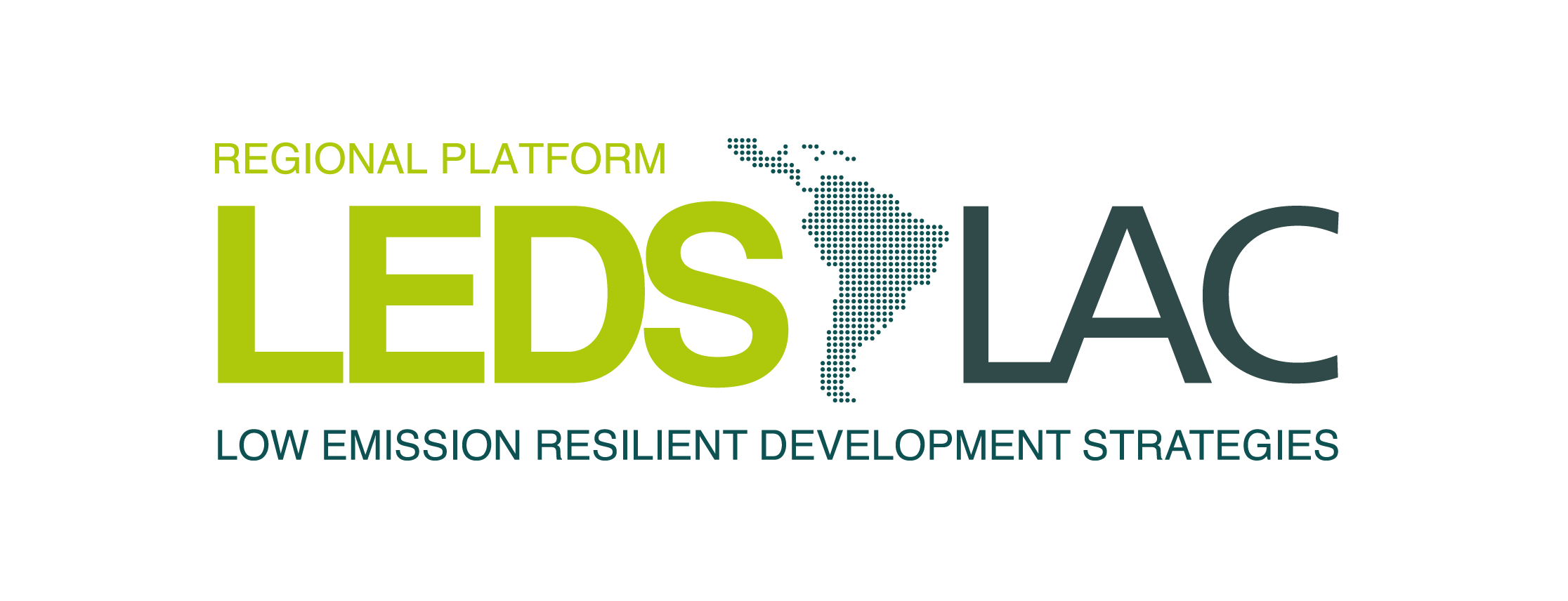







Link between energy and decarbonization
of transportation: roles of public and private stakeholders
CONTEXT OF THE ENERGY AND TRANSPORTATION SECTORS
The intrinsic relationship between the energy and transportation sectors is evident. However, in many cases this link is not clearly distinguished in public policies, especially when these are formulated in the traditional "sectoral silos" modality. At present, global, national and sectoral efforts to move towards the decarbonization of the economy have highlighted the importance of taking this link into account and strengthening the articulation between the strategies and actions of the actors involved.
Within the transition strategies towards decarbonized energy and transportation sectors, it is considered of great relevance to work on energy efficiency, the production and use of clean fuels and electrification, based on a clean matrix.
In this regard, renewable energies have undergone significant global development in recent decades, mainly in the generation of electricity.

Energy
In 2019, electricity generation accounted for 17 % of final energy consumption, with 28 % of the sources used by that sector being renewable sources.

Transport
The transportation sector accounted for 32 % of final energy consumption in that year, with only 3.7 % coming from renewable sources.
According to a report by REN21 (2022), the energy needs of the transportation sector in 2020 were met as follows:
96.3%
PETROLEUM AND PETROLEUM PRODUCTS
Gasoline and diesel vehicles, both internal combustion engines, prevail.

3.3%
BIOFUELS
They can be used in both gasoline and diesel cars.

0.4%
ELECTRIC VEHICLES
With renewable energies.
It is worth mentioning that investments and the use of hydrogen and synthetic fuels have increased in some countries, such as Saudi Arabia, Spain, Australia, among others. However, they are marginal compared to the global aggregate. Although there is a strong policy push for electromobility in many countries around the world, the internal combustion engine will continue to exist and operate for many years to come. It will take several decades for people to migrate to an electric car, for sufficient renewable electricity generation and charging infrastructure to be in place.
In Latin America and the Caribbean (LAC), CO2 emissions from the transport sector increased by 3% between 2010 and 2019, and accounted for 8 % of total global emissions in 2019. It is worth noting that the LAC region has the highest share of renewable electricity in the world -mainly from hydropower generation-, which represents a high potential to contribute to the decarbonization of transport through electrification from clean energy. In turn, LAC is the second region in the world with the second highest number of sustainable urban mobility plans (SUMPs) implemented, after Europe (Global State of Transport and Climate Change Report, SLOCAT, 2021).
Despite these advances, and due to the lack of a holistic strategy for transport decarbonization in many countries, this sector is not on track to meet global climate goals. To achieve these goals, it is essential to have comprehensive strategies that enable a reduction in energy demand and an increase in the share of renewables in the energy matrix of the transport sector (REN21, 2022).

